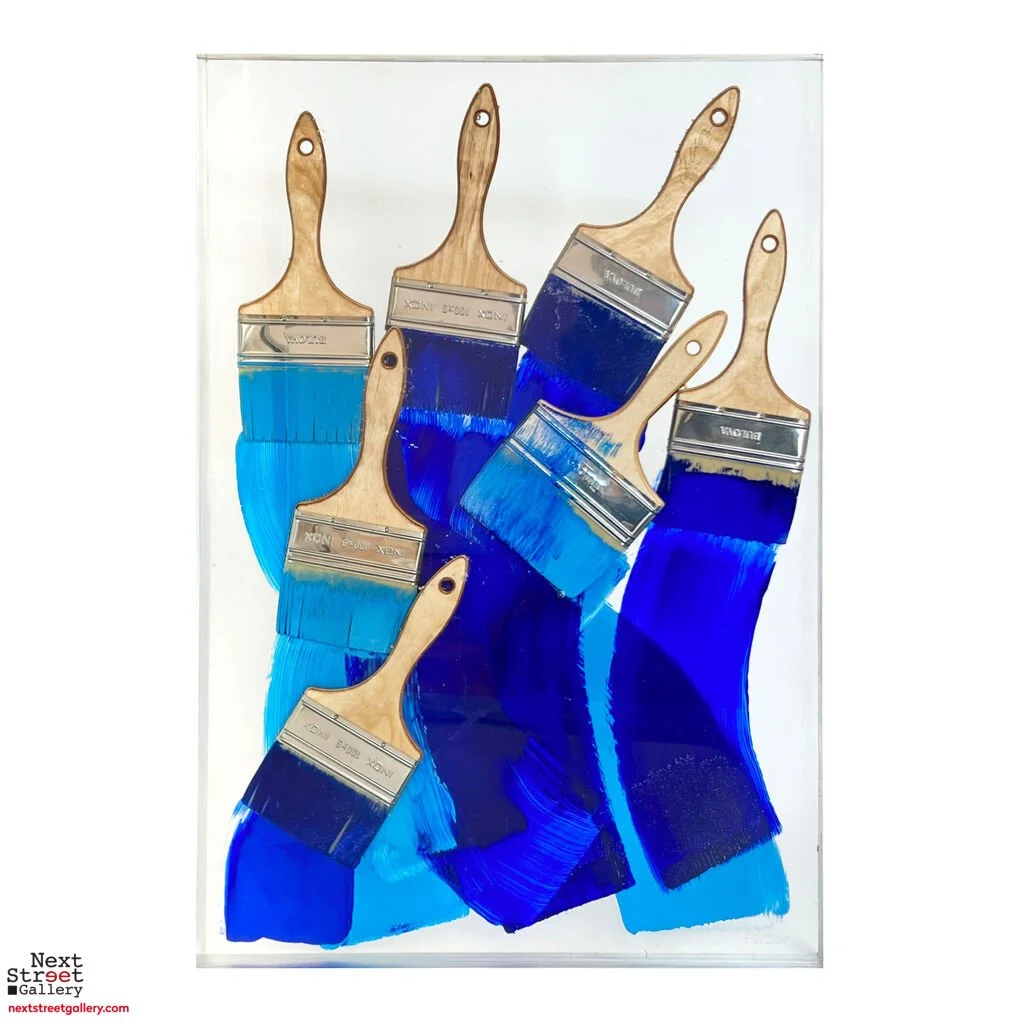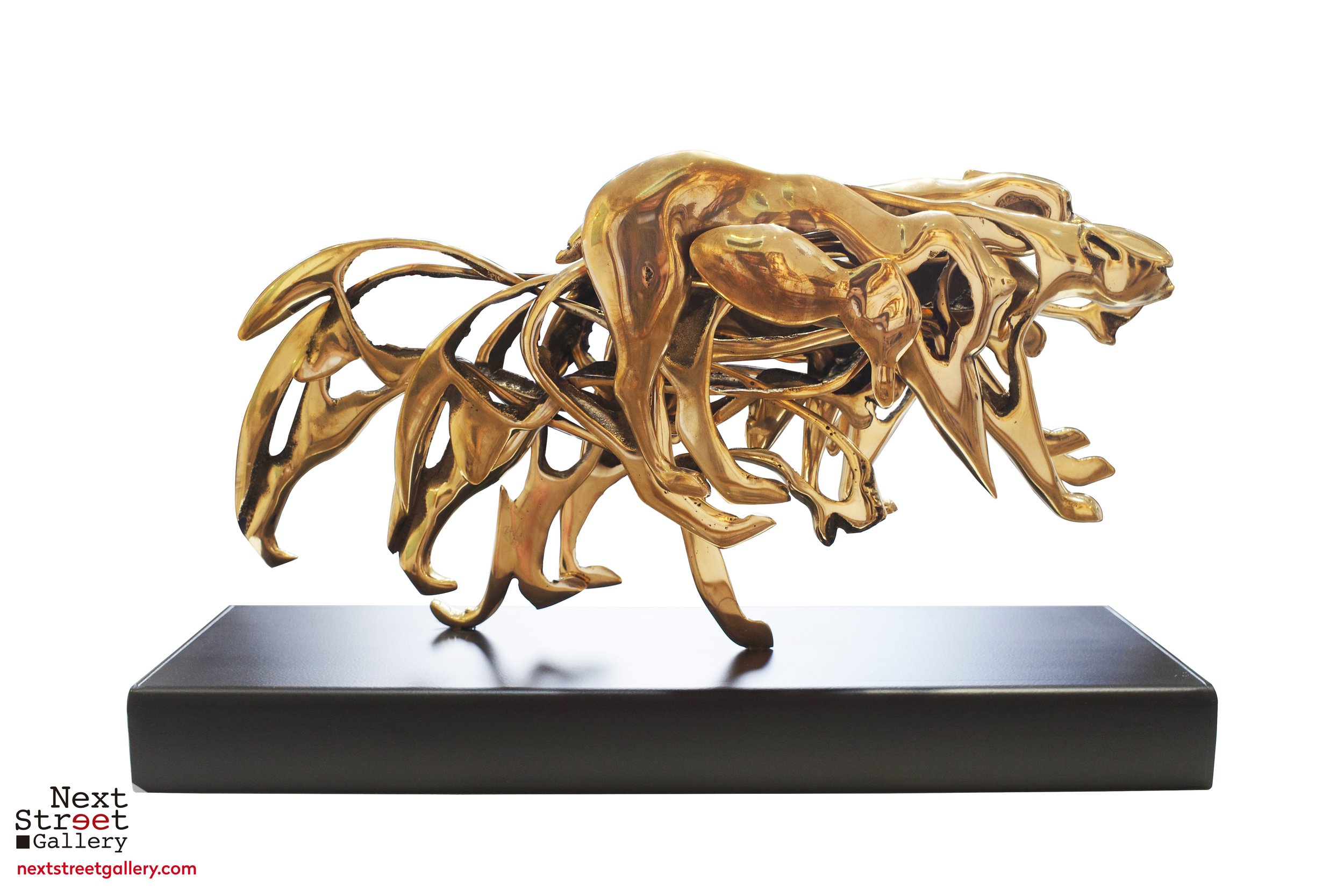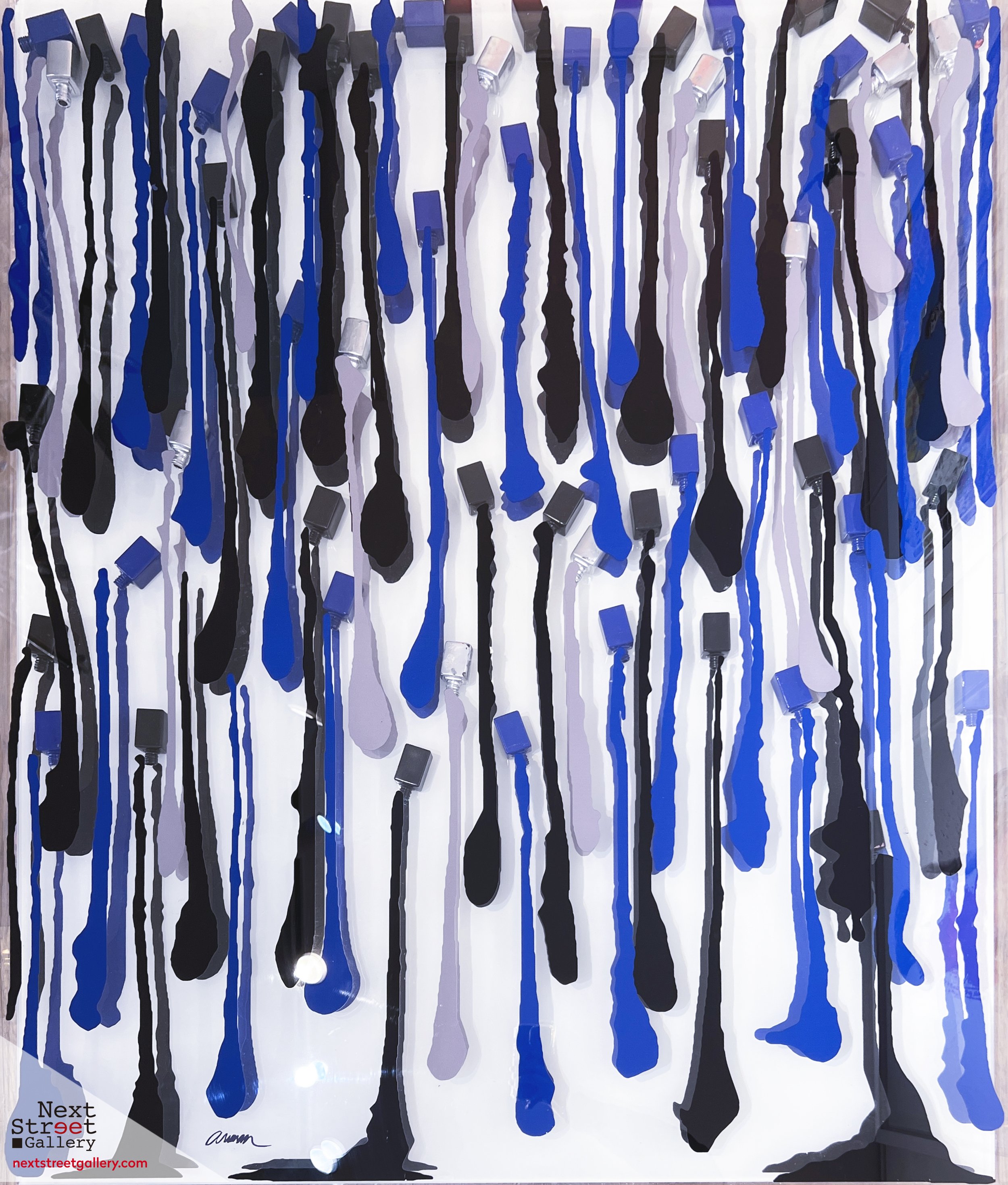ARMAN
ABOUT
“I specialize very much in… everything,” the French-born American artist Arman told an interviewer in 1968. “I have never been — how do you say it? A dilettante.” Regarded as one of the most prolific and inventive creators of the late 20th century, Arman’s vast artistic output ranges from drawings and prints to monumental public sculpture to his famous “accumulations” of found objects. His work—strongly influenced by Dada, and in turn, a strong influence on Pop Art—is in the collections of such institutions as the Metropolitan Museum of Art in New York, the Tate Gallery in London, and the Centre Pompidou in Paris.
Born in 1928 in the south of France, Arman familiarized himself from childhood with objects from his father's antique shop. He started painting at the age of 10. At 19, he met Yves Klein. After his studies at the Arts Décoratifs in Nice and at the Ecole du Louvre in Paris, he left to teach in Madrid. Back in France in 1951, under the influence of Serge Poliakoff and Nicolas de Staël, he decided to sign with his first name: Armand, which, following a printing error on his invitation card, became ARMAN.
In 1961, he had his first exhibition in New York, using new materials such as polyester and plexiglass. While he continues to produce works and exhibitions, he engages in the movement of the 60s. He lives in the United States and frequently comes to Europe to exhibit. Succeeding in this "accumulation of objects," he began in 1962 with the "combustion.," With his success growing in the 1980s and 1990s, the range of his works and his techniques widened. Several monumental works were also commissioned from him for the Élysée, the Gare Saint Lazare in Paris, the Lincoln Center in New York, Dallas, Beirut… The artist died in New York at the age of 76. Today, his works are in the greatest collections and museums around the world.
ALBEN • AMAURY DUBOIS • ANDY WARHOL • ARMAN • BANKSY • BEN FROST IS DEAD • BEN VAUTIER • BOB TONIC • DAMIEN HIRST • DRAN • GULLY • HERR NILSSON • HUANG YULONG • INVADER • JEFF KOONS • JOE SUZUKI • KURAR • LIU BOLIN • MARIO MATERA • MOHAMAD ESKANDARI • MR.BRAINWASH • NUNO VIEGAS • PAUL SIBUET • PHILIPPE PASQUA • PIMAX • PIPSQUEAK WAS HERE • RENAUD DELORME • ROBERT COMBAS • ROAMCOUCH • ROY LICHTENSTEIN • SENY • SHEPARD FAIREY • SNIK • T-KID • TAKASHI MURAKAMI • VICTOR VASARELY • VHILS











